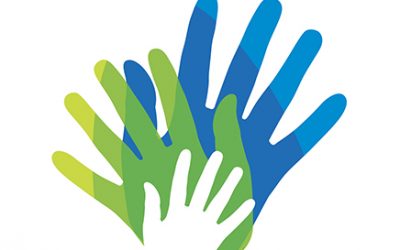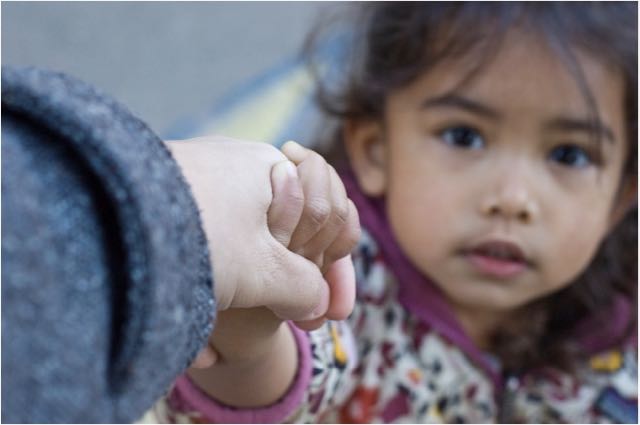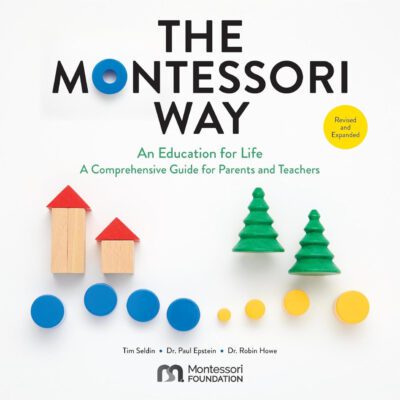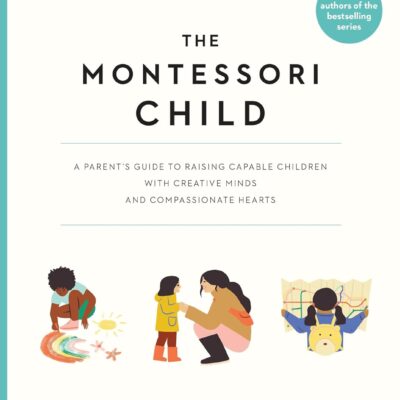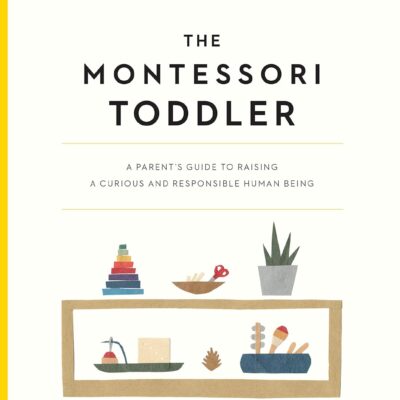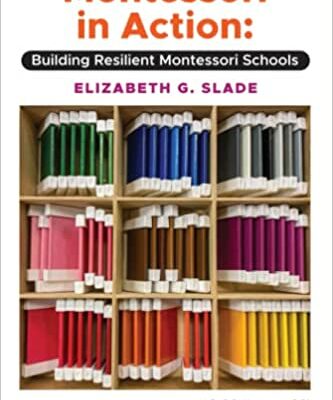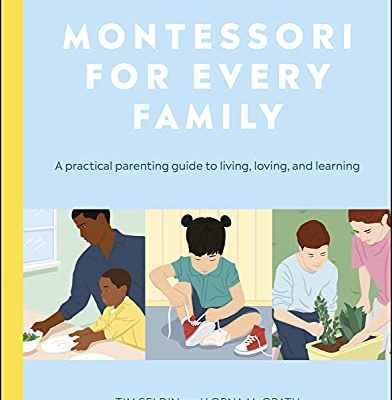
by Cathie Perolman
MY WIFE AND I HAVE BEEN CONSIDERING PRESCHOOLS FOR OUR ACTIVE THREE-YEAR-OLD. OUR CHILD LOVES TO BE “ON THE MOVE” AND IS HAPPIEST BEING BUSY. WE THOUGHT A MONTESSORI SCHOOL MIGHT BE A GOOD FIT FOR SUCH AN ACTIVE PERSONALITY. WE EXPECTED TO SEE A BIG OPEN SPACE WITH LOTS OF ROOM FOR THEM TO BE ACTIVE AND MOVE FREELY. BUT IT SEEMS TO BE THE SAME IN EVERY ROOM WE VISIT; THERE’S ONE BIG RUG SPACE, AND MOST OF THE ROOM IS DIVIDED INTO SMALLER SPACES.
CAN YOU EXPLAIN WHY AND CALM OUR FEARS THAT OUR ACTIVE CHILD WILL REALLY GET ENOUGH MOVEMENT DURING THE MORNING? — DAD
Dear Dad,
Thank you for your concerns. As the mom of a son who seemed a lot like yours as a young child, I can totally identify with your worries.
The Montessori classroom for 3-6-yearold children is designed to resemble a children’s house. It is scaled down in size to be a perfect fit for young children and is divided by area; think of it like rooms in a house. The shelves of materials or activities often divide the room helping the children to see where each area ends and begins. Inside each area is workspace where children can choose to put their work rugs if they so desire. Child-sized tables are also placed in some areas, so table work can be encouraged to happen in that space. There are areas for one child to work as well as group activities.
The big work rug that you noticed in each classroom serves as both a gathering space for the entire class when they have their ‘circle time” or “class meeting” and as a space to spread out and do larger rug works and partner activities. This rug is often filled with the happenings of many children during the morning, which creates opportunities for your young child to see, absorb, and aspire to these.
The Montessori philosophy seeks to “control the environment and not the child.” Running is not permitted in the classroom due to safety concerns, so we make the pathways in the classroom too narrow for running. Long stretches of space are obstructed with furniture, so they are not inviting areas in which to run. Children must walk carefully in order to not bump into anything. This helps them learn to move carefully within the classroom while still meeting their need for movement. The work rugs that are laid out on the floor create a sort of natural maze for the child to walk through. This creates a fun and sometimes challenging experience of careful walking in the classroom.
Classrooms have a line drawn or taped on the floor, and children are taught to walk on that line. First, they simply walk on that line. Later, they carry things that are of greater and greater difficulty. This is a very popular movement activity for young children.
Many of the activities in the classroom also require movement to do them. A child may build the Pink Tower (a set of 10 graduated cubes from 10cm – 1cm) across the room with the random cubes on one rug and the emerging tower in order on another rug across the room. This is an enticing activity for young children. They may collect objects of a single color from around the room and bring them to their rug. They may match the pictures of the children in their class to the real children. These types of works keep children moving all morning, and yes, their need for movement is satisfied in a Montessori classroom. Children also choose the amount of movement that is right for them. They have choices as to which activity they select, how long they work with it, and when they are finished. They might choose to have a “water break” or a snack break” in the middle of an activity or between activities.
Some classrooms have designated movement shelves with activities, such as yoga
Cathie cards, jumping circles that can be laid out, or other movement activities. Children may choose to turn over a timer and jog in a square to expend energy or lay out a walking path and move like an animal as they navigate the path.
The Montessori classroom provides natural opportunities for movement. The purpose of the classroom is to help the child refine their movements as they mature. It will assist your child in learning to develop greater self-control and purposeful movement as they grow their skill level. There are opportunities for gross-motor skills during circle time when the class plays group games as well as during free play outside each day. The balance of these myriads of movement-rich experiences will allow your child many opportunities for growth and development.
Cathie Perolman has been involved in Montessori education for over 40 years. Cathie has worked in the classroom as a 3-6 assistant; a classroom teacher; a level leader; a teacher trainer; and a college professor. She currently spends her time mentoring teachers, conducting workshops for teachers and administrators; and writing for her blog and for magazines. She also serves as a consultant for schools and as a school validator for the Montessori Schools of Maryland. Cathie is the creator of the Color Coded Sound Games and the Rainbow Reading System as well as other reading and cosmic printable materials to enhance classrooms. Find them at cathieperolman.com.


